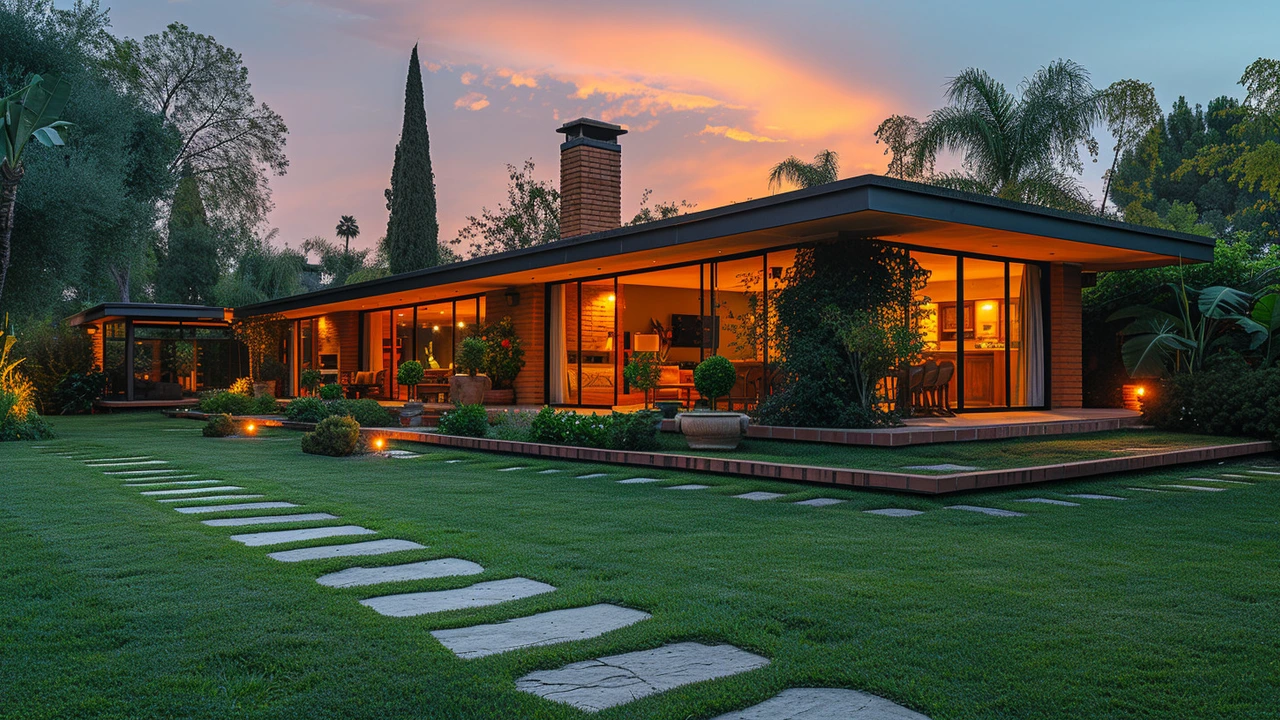Discover the allure of ranch-style homes and why they may just be the perfect choice for minimalists seeking a simple yet stylish living space. This article delves into the architectural features that make ranch-style houses ideal for those who love efficient and sustainable living. From their single-story layout to their emphasis on open spaces and integration with nature, you'll learn all about the benefits these homes offer and how they cater to a minimalist lifestyle. Whether you're considering buying a ranch home or just curious about minimalist architecture, this guide covers everything you need to know.
Sustainable housing: clear, practical ideas you can use
Sustainable housing means building or upgrading homes to use less energy, waste less water, and last longer. That saves money, makes homes healthier, and reduces the environmental harm of buildings. This page collects straightforward design ideas, retrofit tips, and real materials you can choose now.
Design basics that actually work
Start with orientation: face main windows to the sun where winters are cold and shade them where summers are hot. Use cross-ventilation and simple shading like overhangs or deciduous trees to cut cooling needs. Insulation matters more than fancy finishes—seal gaps, add attic and wall insulation, and use tight window frames with double or triple glazing to keep conditioned air inside.
Choose systems that use less energy: a heat pump for heating and cooling, an electric water heater with good insulation, and LED lighting paired with smart controls. Solar panels with a battery make sense if your roof gets sun; they lower bills and add backup power. Install a programmable thermostat and smart power strips to stop phantom loads from wasting electricity.
Materials, water, and real retrofit moves
Pick durable, low-maintenance materials: reclaimed wood, fiber-cement siding, and metal roofs last long and reduce replacement waste. For insulation, consider foam boards, cellulose, or mineral wool depending on your budget and climate. Straw bale and insulated concrete forms are strong options in the right places, but simple upgrades like cavity insulation are effective in most homes.
Water savings are easy: low-flow fixtures, dual-flush toilets, and rainwater tanks for irrigation cut bills fast. Pair rain capture with drought-tolerant landscaping and drip irrigation to avoid waste. For stormwater, add permeable paving and rain gardens to keep water on site.
If you’re retrofitting, start with the building envelope: seal doors and windows, fix drafts, and add insulation. Replace old heating systems with modern heat pumps and switch to efficient appliances. These moves often pay back in 5–15 years depending on incentives and energy prices.
Certifications like Passive House or LEED can guide choices, but you don’t need a label to build sustainably. Focus on measured results: track your energy use before and after upgrades and set clear goals for reduction.
Want a quick checklist? 1) Seal and insulate. 2) Upgrade to efficient HVAC and water systems. 3) Add solar if it fits. 4) Choose durable materials. 5) Handle water with rain capture and native plants. Each step reduces costs and boosts comfort.
Curious about local incentives or contractors? Check municipal programs for rebates and ask builders for examples of past projects. Small changes add up fast, and practical steps taken today make homes cheaper to run and easier to live in tomorrow.

